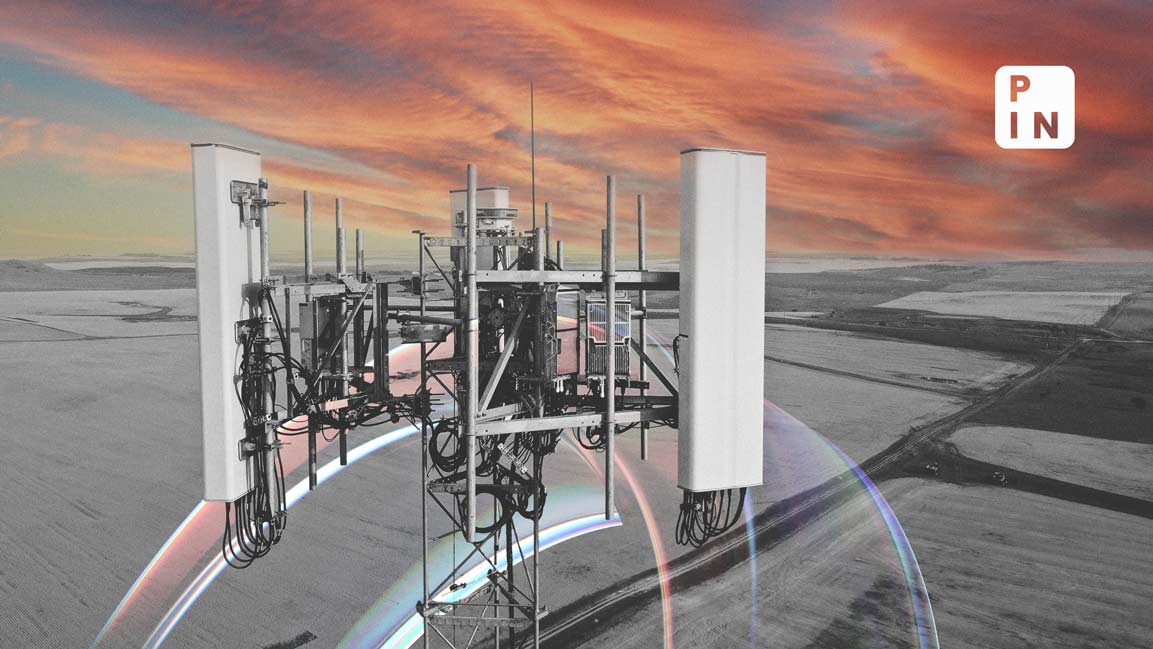- | 5:00 pm
Retail inflation surges on food prices in Nov, factory output soars in Oct
A sharp jump in vegetable prices drove up retail inflation to a three-month high, while factory output rose to a 16-month high in November, government data showed

A sharp jump in vegetable prices in October drove up retail inflation to a three-month high, while factory production rose to a 16-month high in November on surging output in manufacturing, power, and mining sectors, government data showed.
Persistent inflation in cereals, pulses, and spices pushed India’s Consumer Price Index (CPI) to a three month high of 5.6% last month after easing at 4.9% in the previous month.
India’s Index of Industrial Production (IIP), meanwhile, rose to a 16-month high of 11.7% on the back of double-digit growth in manufacturing, power, and mining sectors, data released by the ministry of statistics and program implementation showed.
Speaking about the expected direction of CPI in December, Rajani Sinha, chief economist at ratings firm Care Edge, said, “An unfavorable base will increase CPI inflation to around 5.8-6% in December. However, with the arrival of fresh crops in the market during January-March, the headline inflation could ease to 5.1% by the end of the fiscal year. We expect inflation to average 5.4% for the full fiscal, with risks tilted to the upside.”
Spike in vegetable prices
Sinha said that the spike in specific vegetable prices and an unfavorable base had sent the November CPI inflation print to a 3-month high.
“The upside was contained, to some extent, with a continued deflation in the fuel and light category and a moderation in core inflation (4.2% in November),” Sinha said, adding that one positive is the consistent fall in core inflation, in line with easing commodity prices and subsiding demand-side pressures.
Aditi Nayar, chief economist and head of research and outreach at ICRA, said, “The lag in cumulative Rabi sowing vis-à-vis year-ago levels as well as in reservoir storage do not augur well for food prices, although the pace of the YoY inflation could moderate somewhat on the back of upcoming favorable base effects in Jan-Feb 2024. Besides, the impact of El Nino on moisture levels poses a concern, as it may prove unfavorable for the yields of rabi crops like wheat.”
Nayar added that the recent surge in food and beverages inflation to 8% in November was primarily led by a sharp increase in vegetable inflation, even as seven of the 12 food sub-groups reported a moderation in their YoY inflation print. However, readings for cereals and spices persisted in double digits for the 15th and 18th consecutive months, respectively, while lessons for pulses did so for the sixth straight month in November.
Nayar cautioned that persistently elevated inflation in specific food categories, such as cereals and pulses, poses a risk of potentially generalizing price pressures. Given the lingering uncertainty around Kharif production and Rabi sowing prospects, high food prices cannot be considered transient and could feed the inflationary expectations.
Sinha expressed the need for supply-side interventions by the government to ensure sufficient buffer stock of essential food items.
The headline inflation remained within RBI’s tolerance limit of 2-6% for the third month in November but remained above the medium target of 4% for the 50th consecutive month.
Following the bi-monthly Monetary Policy Committee meeting, central bank governor Shaktikanta Das cautioned about the likely uptick in inflation figures following food output pressures.
While discussing CPI inflation, Das said CPI is projected at 5.4% for the current fiscal, 5.6% in the current quarter, and 5.2% the final quarter. Das had expressed the need to closely monitor Rabi’s sowing progress for key crops such wheat, spices, and pulses.
Industrial activity hinges on consumption recovery
On factory output, Sinha said the jump in IIP has been underpinned by the statistical effect of a favorable base. She added that some improvement in the momentum is a positive. While the prospects of the infrastructure and construction goods segment remain encouraging, the strong base effect has masked the weakness in the consumer goods segment.
Nayar said ICRA expects the year-on-year IIP growth to slow sharply to 2-4% in November, driven by the fewer number of working days amid the late onset of the festive season this year, as well as an unfavorable base (+7.6% last November), as signaled by the sharp moderation in the growth of several high-frequency indicators.
Sinha said that going ahead, the inching up of inflationary pressures, lower Kharif production, and uncertain prospects of Rabi output remain headwinds for the consumption scenario. Additionally, given the weak global demand outlook, the trajectory of industrial activity hinges on a durable consumption recovery.
Meanwhile, the US Federal Reserve is expected to announce its interest rate decision today. The Fed is expected to keep rates on hold, but investors will focus on its views on the interest rates in the coming quarters.













